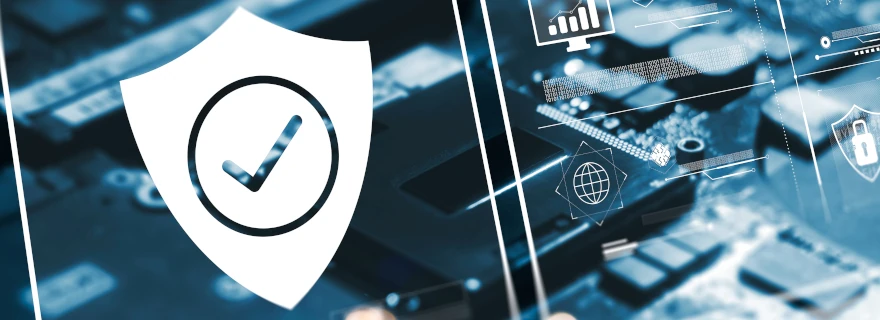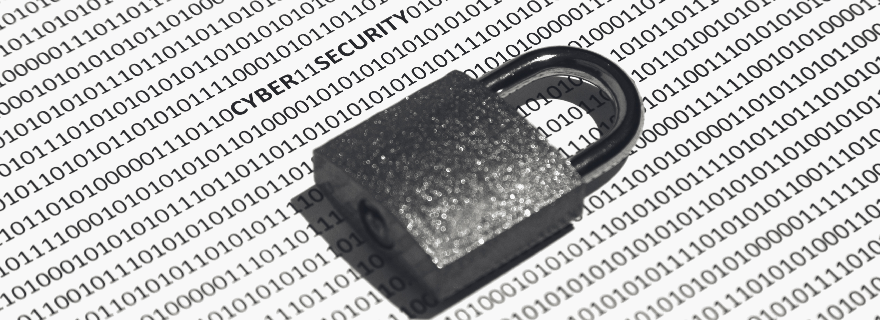Antivirus Software in the New Age - Security Six Part One
Antivirus software is a crucial security tool for computer users in the digital era, acting as a primary defense against malware, viruses, and other cyber threats that could compromise sensitive data. Recognizing its significance, the IRS includes antivirus software in Publication 4557 as a fundamental component of the "Security Six" - essential cybersecurity practices that tax preparers must implement. While traditional antivirus is well-known, recent advancements encompass technologies like Endpoint Detection and Response (EDR), Managed Detection and Response (MDR), and Extended Detection and Response (XDR). The 2021 Executive Order 14028 on Improving the Nation’s Cybersecurity marks a shift from legacy antivirus to these modern tools for enhanced threat detection.
For tax preparers, employing updated antivirus software is essential for complying with IRS guidelines and protecting client information. This article provides an overview of the latest developments in antivirus technology, helping tax preparers stay abreast of the evolving cybersecurity field.
The Evolution of Antivirus Software: From Origins to Advanced Technologies
Antivirus software originated in the early 1970s with the emergence of the first computer virus, Creeper. Developed by Bob Thomas, Creeper spread via ARPANET, setting the stage for the ongoing battle between virus developers and antivirus creators. The first formal antivirus program, Vienna Virus, was introduced by Bernd Fix in 1987, designed to identify and eliminate viruses by scanning for specific patterns in executable files.
Advancements in Antivirus Technology
The evolution of malware necessitated advancements in antivirus technologies. Heuristic analysis became a breakthrough, allowing the detection of new and unknown viruses by analyzing behavioral patterns. Today's antivirus programs are sophisticated, incorporating various scanning methods such as signature-based, behavioral, and machine learning techniques. These developments have established antivirus software as an essential component of digital security for both individuals and organizations.
Modern Endpoint Security Technologies
In recent years, endpoint security has significantly evolved, incorporating advanced technologies like EDR, MDR, and XDR. EDR, introduced around 2013, utilizes machine learning and behavior analysis to monitor endpoint activities for suspicious actions, offering real-time responses to advanced threats, including fileless malware and zero-day attacks. MDR takes this further by adding expert human monitoring to EDR alerts, providing real-time threat response. XDR expands the capabilities of EDR and MDR to encompass a broader range of digital platforms, enhancing detection and response capabilities across networks and cloud environments.
Antivirus: A Continuous Journey
The progression of antivirus software from its early days to contemporary advanced solutions mirrors the dynamic nature of cyber threats, highlighting the necessity for ongoing innovation and adaptation in digital security technologies.
Part 1 > Part 2 > Part 3 > Part 4 > Part 5 > Part 6






